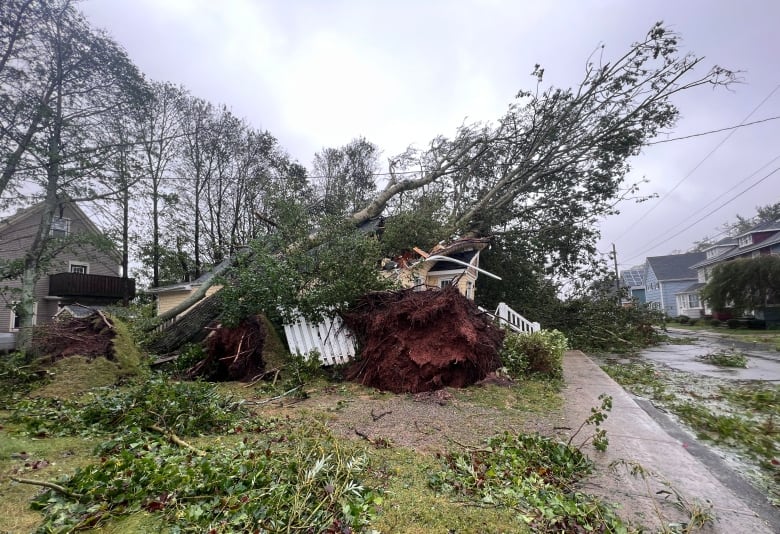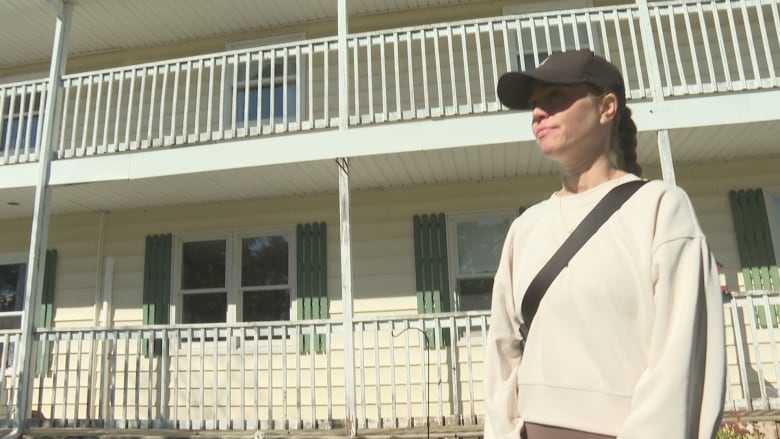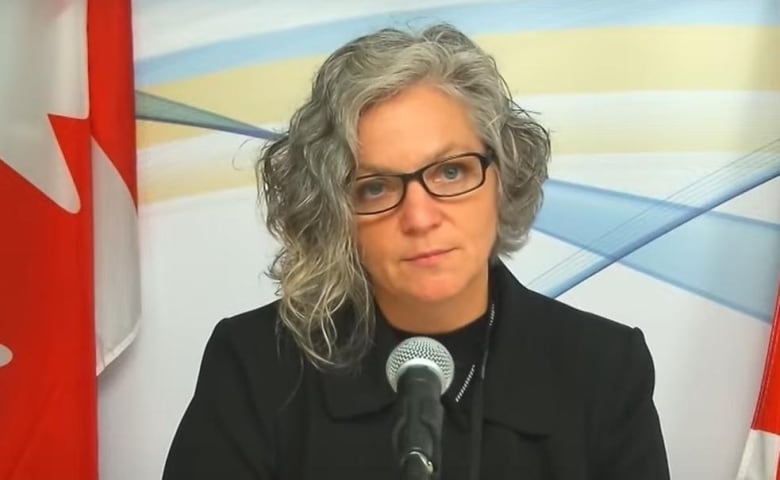By the start of the day on Wednesday, Oct. 5 — 12 days into the massive outage on Prince Edward Island which at one point had knocked out electricity to the entire province — Maritime Electric had reduced its number of outages from 82,000 down to about 9,000.
Yet it was only on day 12 that the last long-term and community care facilities and government-owned senior’s housing complexes in P.E.I. were brought back online, according to the province.
P.E.I.’s Emergency Measures Organization said those seniors’ homes and care facilities are among the roughly 1,600 locations on the province’s critical infrastructure list, meaning they’re considered a priority when it comes to restoring power in the wake of outages like the one left by post-tropical storm Fiona.
Tanya Mullally, the director responsible for the provincial EMO, said that list can’t be shared for privacy reasons, but that it also includes gas stations, fire departments, health-care facilities and buildings designated as municipal reception centres in the event of a power outage.
Questions are being raised as to why it took almost two weeks in some cases to restore power to some of the Island’s most vulnerable residents, leaving seniors to wander through darkened corridors of government-owned apartment buildings, with neither light nor heat, and causing slips and falls among care home residents, some of whom had to be sent to hospital.
‘Tell us what’s possible:’ EMO
“We should have had power back in every single seniors’ complex … forget day 12, that should have been done on day 2, day 3,” said Peter Bevan-Baker, P.E.I.’s Official Opposition leader.
Mullally said EMO has been working on its prioritization list, in consultation with Maritime Electric, for the past six months.
“They have all the civic addresses of all of these sites that we have indicated should be priority first,” Mullally said.
She said EMO is involved in discussions with the utility “almost on a daily basis” around those priorities, but ultimately the company has the freedom to decide where its resources would be best applied in restoring power.
“It’s a partnership,” said Mullally. “We don’t tell them that seniors’ homes or any of those are not important. What we’re saying is that we need to do this together and decide today what, where do we direct our resources.”
“We defer [to] them to make that assessment and tell us what’s possible.”
Some areas required ‘complete rebuild,’ says utility
In a media briefing on Oct. 3 , Kim Griffin, spokesperson for Maritime Electric, said once the utility ascertained that the province’s electrical connections to the mainland were okay, “the other thing that we really focused on were the issues around fuel and grocery and restaurants.”
In some cases, Griffin said restoring power to seniors’ facilities required “a complete rebuild” of the province’s power distribution network in areas where lots of trees came down.

“For example in Charlottetown, around Belvedere for example, that was a complete rebuild. So it’s not like we don’t have them on the priority list, we absolutely do.”
Another consideration, Griffin said, is that the utility targets crews to areas where they can “get on as many customers as we can at a time.”
The day those comments were made — day 10 of the outage — the province said there were still seven out of 104 seniors’ housing complexes in the province without power, located in Charlottetown, Cornwall, Mount Stewart and Morell. The province said each had been equipped with a generator to light hallways and common areas.
Also without power on day 10 was Bevan Lodge, a privately-run community care facility in Charlottetown.
We should have had power back in every single seniors’ complex … forget day 12, that should have been done on day 2, day 3.— Peter Bevan-Baker, Opposition leader
Owner Charlotte Bevan told CBC it didn’t feel like her facility was a priority.
“We are supposed to be on the priority list, so that’s kind of confusing for us,” she said. “Half of the street does have power, but starting at us, all the way up the rest of the street, there’s no power.”
Many of the people who live at the facility struggle with mental or physical disabilities. “It’s really hard on the residents,” Bevan said.

Mullally said some non-essential businesses and residential customers might have had their power restored before priority locations if they were on the same part of the grid as another piece of critical infrastructure.
For example, some Charlottetown residents were among the first to get their lights back on based on their proximity to the Queen Elizabeth Hospital and the Irving fuel tank yard, both considered top priorities once work was underway to restore power.
Province shopping for generators
Social Development and Housing Minister Matthew MacKay has no criticism for Maritime Electric or the restoration process that left vulnerable residents in facilities his department is responsible for without power for up to 12 days.
Instead MacKay said the facilities themselves require significant upgrades to make them more resilient the next time the power goes out.
“We’re going to have a very aggressive capital budget come this fall that’s going to involve a lot of these seniors’ units,” he said.
“We’re going to look at all the units to see how many can use a generator — a lot of the buildings are older so generators aren’t going to work in all of them — and what other resources we can use so seniors don’t go another 10-12 days without heat or lights in the future.”


